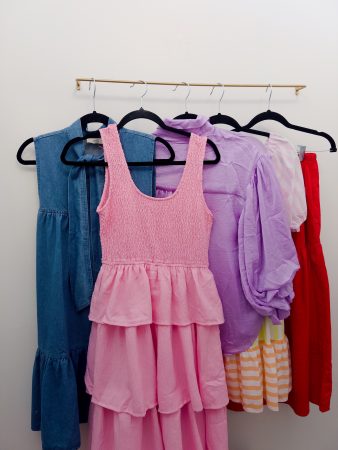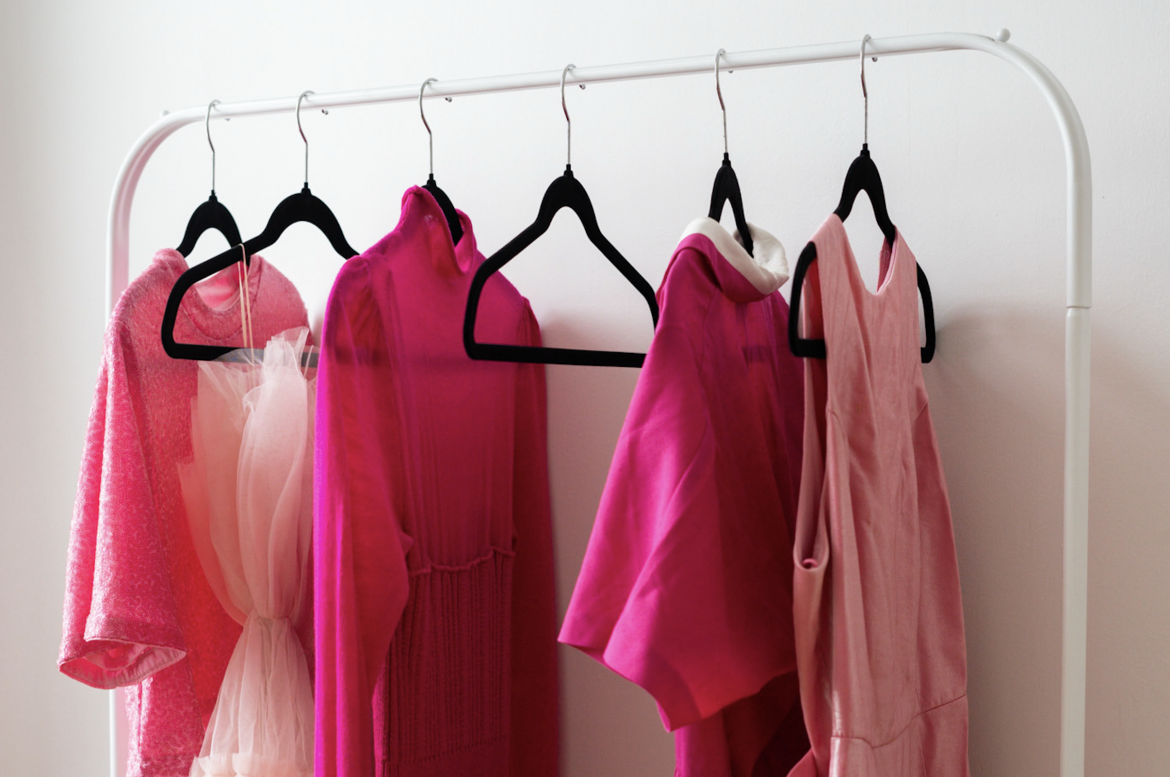Reselling gently-worn and unused clothes that hog your wardrobe can be a great way to clear out space and earn a bit of extra money on the side. Before setting up your own pre-loved store online, there are a few helpful tips and tricks that would land you in better chances at making a sale.
ALSO READ: How to evolve your style as you age
Here’s what you need to know!
Why sell your pre-loved clothes?
Selling your pre-loved clothing does not only free up space and earn you a bit of cash—it’s great for the planet too.
Circular fashion encourages reusing and recycling clothing to reduce waste and limit the demand for fast fashion.
By reselling gently-worn items instead of tossing them, you’re extending their lifespan and reducing your environmental footprint. Plus, you’ll be surprised how much a few sales here and there can add up financially—it’s a smart side hustle that also sparks joy in someone else’s wardrobe.

Dupe / Emma Powers
First, raid your closet and do an audit
Before diving in to creating your own pre-loved selling space, you’ll need to spend an afternoon curating what to sell (this becomes an ongoing task).
Hold up each piece and ask: Is this still something I’d proudly wear? Check for stains, loose threads, or broken zippers—if it’s seen better days, consider donating or recycling instead. Trendy jackets, barely-worn heels, or that dress with tags still dangling? Those are your golden tickets.
Pro tip: Branded items tend to attract buyers faster than everyday basics.
Pick your selling spot
In South Africa, Yaga is the friendly neighbourhood market for pre-loved fashion—easy to navigate, eco-focused, and receives a lot of traffic. Instagram and Facebook Marketplace can work too, but they will require more work with social media strategies, photos, and regular posts to get noticed.
If you’re new to this, start with Yaga’s ready-made audience, then dip your toes into social media once you’ve found your footing.
How to create a listing that grabs attention
Let’s talk photos: natural light is your best friend. Lay the garment on a clean bedsheet or hang it against a plain wall. Snap shots from the front, back, and sides—and don’t forget close-ups of any unique details (or tiny flaws). Style the item if you can! A scarf looks lovelier knotted around a model or mannequin, and a jacket pops when layered over a simple tee.
View this post on Instagram
When describing your item, think like a buyer. Share the brand, size, fabric, and colour, but also tell its story: “Worn twice to weddings—fits true to size, and the lace detailing is flawless.” Measurements help too (sizing is so inconsistent these days), and keywords like “workwear” or “festival-ready” make your listing easier to find.
Pricing can be tricky, but a quick scroll through similar items on Yaga will give you a ballpark. Aim slightly higher than your goal to leave room for friendly haggling—it’s part of the fun.
Turn browsers into buyers
Once your listings are live, keep an eye on messages. Quick replies show you’re reliable, and a little charm goes a long way. If someone asks, “Is this still available?” try, “Yes! Let me know if you’d like more details ?.” For bundle deals, say, “I’ll knock 10% off if you grab both jeans and the top!” And if a lowball offer comes in? A kind “I can’t go lower than R250, but thank you!” keeps things positive.
Once you’ve made a sale, package your item neatly and ship it promptly. A good selling experience can turn a one-time buyer into a regular customer—and maybe even a follower of your pre-loved fashion journey.
So why not give it a go? Your clutter could be someone else’s next favourite outfit.
ALSO SEE:
Feature Image: Dupe

